The Truth About Ecommerce Inflation and What Sellers Can Do About It
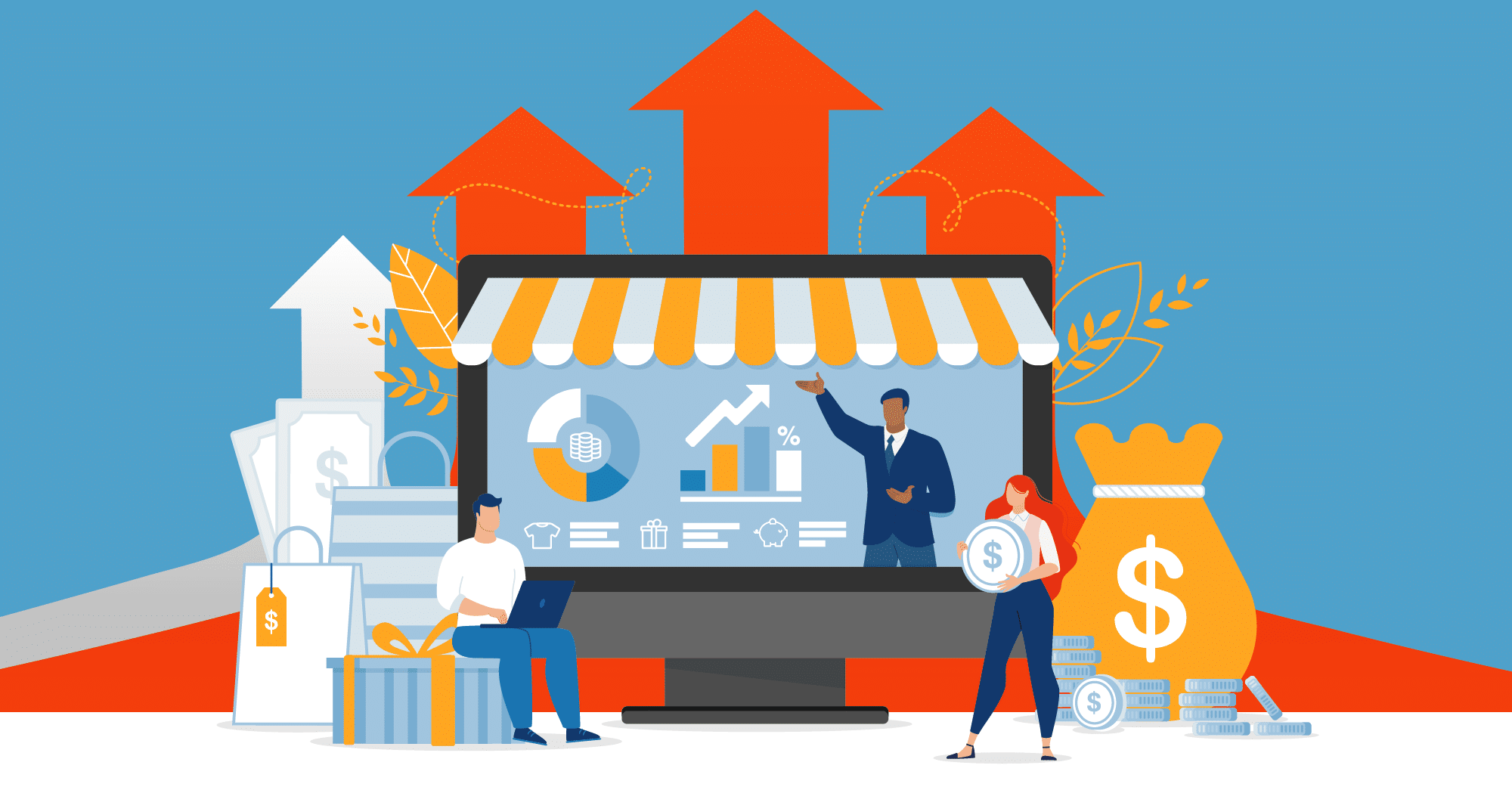
A recent report by Adobe reveals that online prices are up by 3.1% year-over-year (as of August 2021) with no sign of slowing down, reversing the decline in prices of ecommerce goods from 2015 up until the pandemic hit.
In this article, we’ll go over why prices for goods online are rising, how it affects ecommerce sellers, and what you can do in the face of ecommerce inflation.
Related Listening: E410: Tackling Supply Chain Issues with Bill D’Alessandro
Contents
What is Ecommerce Inflation?
Without going into hardcore economics, inflation is simply the rate of increase in the prices of goods over a period of time. Another way of looking at it is the overall decline in the buyer’s purchasing power over time.
The same definition is true in ecommerce, although the concept has not really been relevant in this industry—at least up until the pandemic hit. In fact, prices in ecommerce over recent years have actually been trending down (deflation) rather than up.
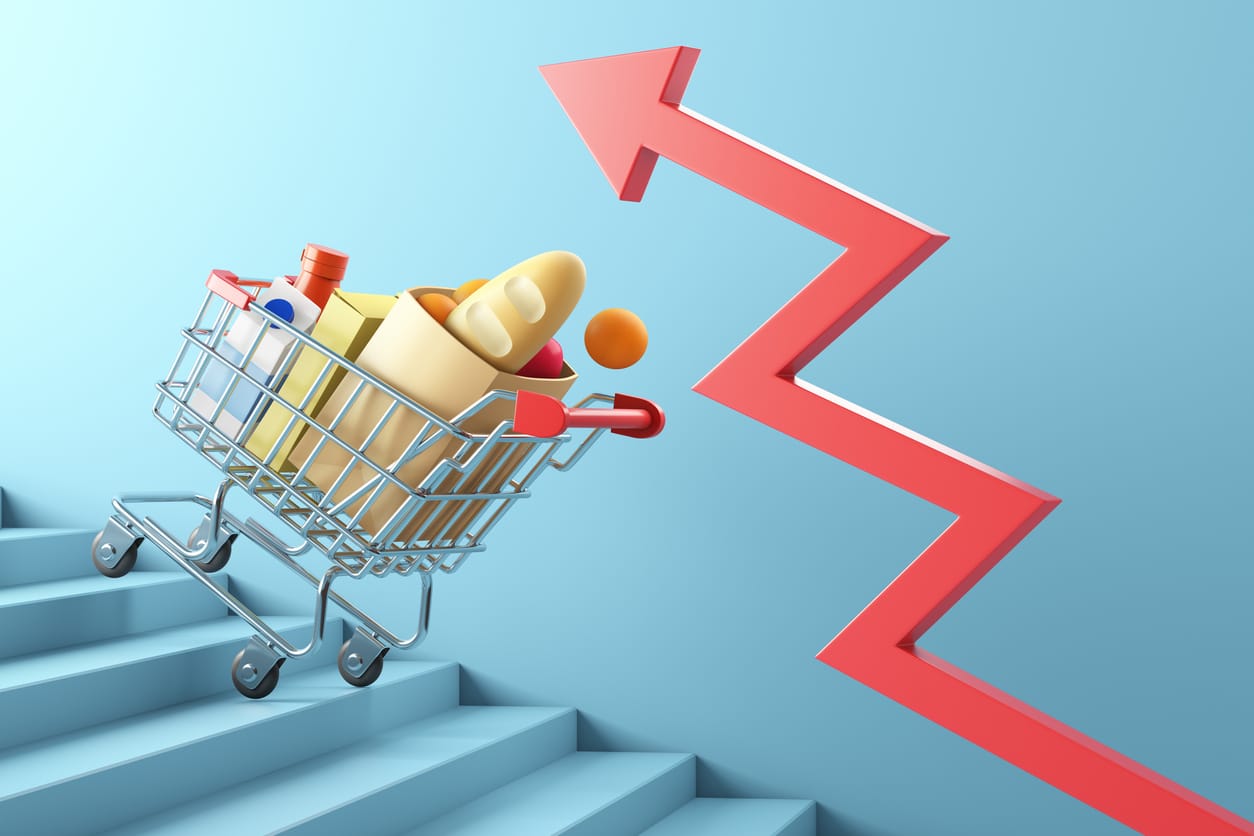
Ecommerce inflation is now a reality according to the Adobe Digital Economy Index, which tracks the average prices of over 100 million SKUs across 18 different categories, using spending data from over 1 trillion visits to US ecommerce sites.
In the report, as of July 2021, online prices are up 3.1% year-over-year, which is a total reversal of the long-standing trend in declining prices of ecommerce products from 2015-2019. During this time period, prices were declining quite predictably at an average of 3.9% every year.
To a certain extent, the rate of ecommerce inflation reflects the overall economic inflation rate, which was pegged at 5.3% as of August 2021. According to Bloomberg, consumers can expect inflation to hover around 4% over the next three years, and the same trend is expected for online retail.
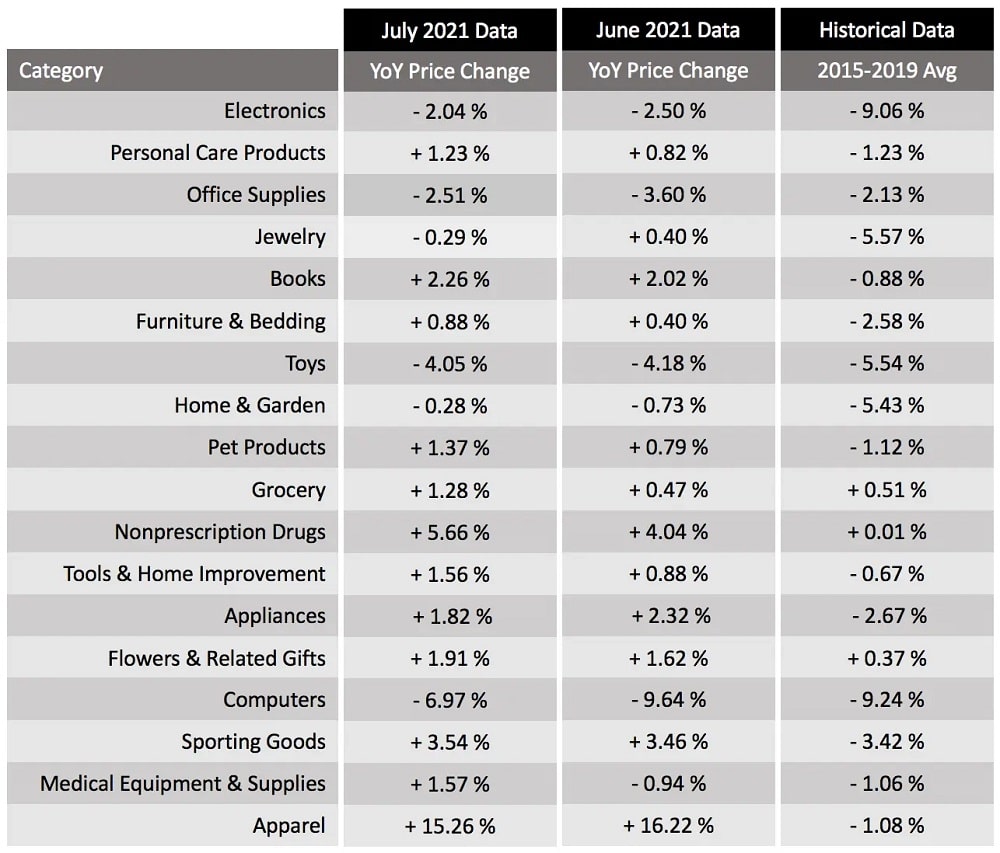
Out of 18 key categories tracked by the index, all except office supplies saw higher prices in July 2021 compared to pre-pandemic data.
Of these categories, Apparel saw the highest inflation rate, with a whopping year-over-year price hike of 15.5%. You would think that prices for clothing and apparel would have fallen significantly around this time of the year going into the holidays, but the opposite is true.
Medical equipment and nonprescription drugs are also among the top categories most affected by inflation, for obvious reasons.
Even Electronics and Computers, a category that has predictably seen lower and lower prices every year as the technology gets better, saw inflation in prices, even though average prices were still decreasing. Average prices in this category were decreasing by 9.2% year-on-year before the pandemic, but the rate of decrease has slowed down to only 6.2% as of Q3 2021. This is made worse by the global silicon shortage that the industry is still wrestling with.
The Adobe report highlights what a lot of sellers have feared for quite some time now: That the major disruptions in the supply chain industry will eventually make it much more difficult to stay competitive, much less profitable in the online space.
What is Causing Ecommerce Inflation?
Ecommerce inflation is caused by a number of factors, but most of them revolve around a distressed supply chain infrastructure. The most obvious culprit of course is COVID-19, which in hindsight was the first domino that fell and set everything in motion leading up to this ongoing crisis.
COVID Caused an Imbalance in Supply and Demand
The pandemic and the subsequent imposition of lockdown restrictions across the globe was a turning point for ecommerce. People were forced to stay at home and flock to online marketplaces to shop for consumables, home improvement items, and everything in between.
This increased activity in online retail drove the demand way up and served as a huge tailwind for many ecommerce businesses, but this spike in demand put a lot of strain on the supply side.
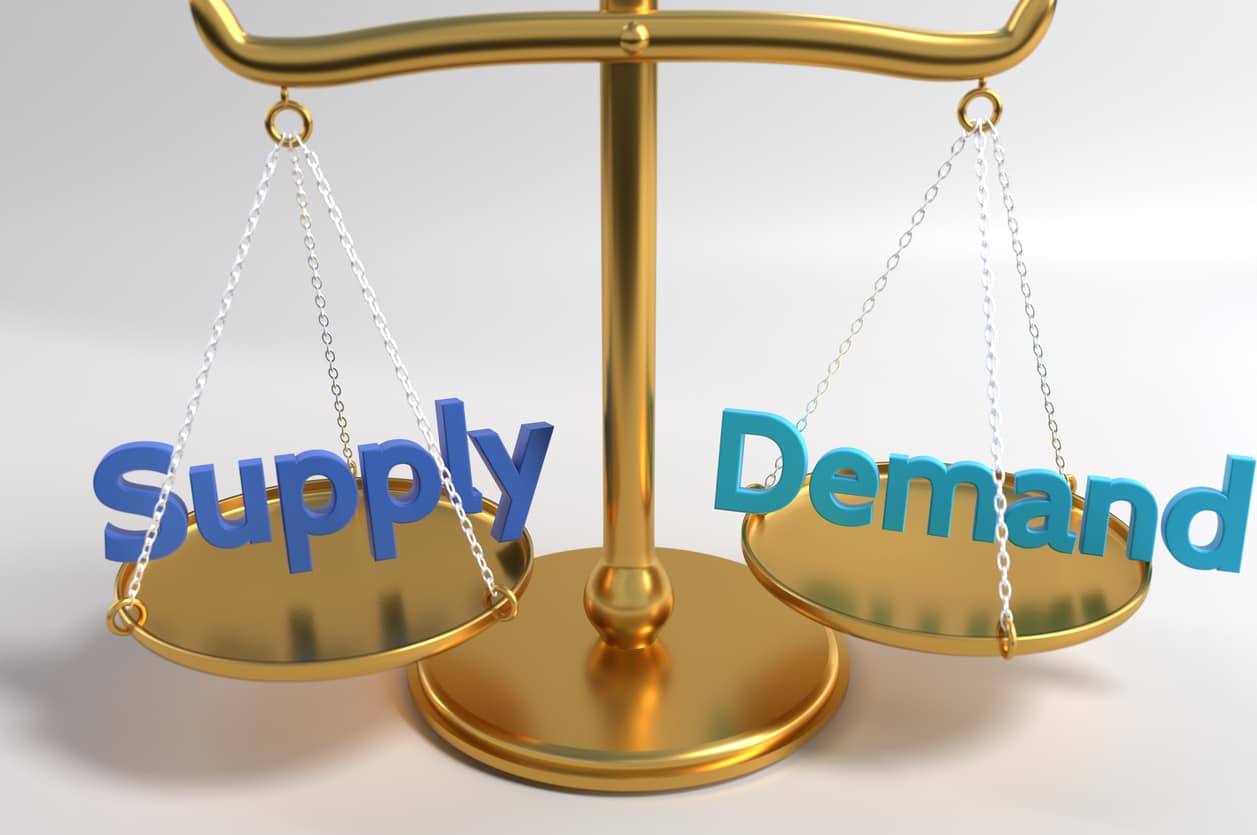
As a result, suppliers struggled to meet the increased demand. Isolation and social distancing protocols made it hard for factories to operate at full capacity. A lot of raw material suppliers shut down for months to avoid risks of infection.
Fortunately for a good number of Chinese suppliers, China’s economy bounced back much quicker than those of the USA and Europe, but this situation caused its own set of problems.
Chinese Suppliers are Struggling to Keep Up
Supply cycles have been significantly longer and more expensive during the pandemic and up to now.
Worse, Q4 is right around the corner, which usually translates in much higher demand from retailers and potentially more bottlenecks in the supply chain. Adobe believes that this problem on the supply side, particularly with Chinese suppliers struggling to keep up, will result in fewer discounts and promotions than usual during the holidays, as sellers will struggle to stay profitable more than anything.
Sea Freight Costs are at an All-time High
Probably the biggest supply chain disruption that ecommerce has seen in history is the staggering increase in the cost of sea freight.
This price hike in sea freight is a confluence of factors of its own, but the main reasons are that the supply-demand imbalance caused by the pandemic made shipping containers scarce.

In the US and Europe, a lot of these containers got stuck in shipping lanes and major ports because protocols prevented hauls from being unloaded quickly and also prevented Western imports from being loaded and shipped back into Eastern markets.
Over in China, the shortage of shipping containers drove prices way up so much that talks about a Chinese container mafia controlling who gets a container were all over the place.
At the time of writing, a 40’ container will set you back somewhere north of $10,000, according to Freighto’s freight index. Some sellers even get quoted as high as $28,000.
Related Reading: Sea Freight Rates Have Soared 300%: Here’s Why
How Does Ecommerce Inflation Affect Sellers?
Whatever the reverse of “a rising tide lifts all boats” is, that could be the situation that a lot of ecommerce sellers could run into over the next couple of years.
As of writing, a lot of sellers have been driven off Amazon because of the influx of Chinese sellers taking advantage of the price war.
In other words, these Chinese sellers don’t mind offering their products at much lower prices than US competitors (some even take losses) if it meant driving the latter out of business or at the very least making it difficult for them to develop superior products.
This is very problematic for US-based sellers, as between the rising operational costs and low prices from Chinese competitors, it’s almost impossible to compete in a marketplace as huge as Amazon.
Another possibility is a potential shift in consumer behavior as pandemic restrictions ease up and the economy recovers from COVID. A lot of consumers may end up going back to physical stores instead of shopping online because of the rising prices of online goods.
What Sellers Should Do About Ecommerce Inflation?
There are a few key things that you can do to make sure that your business stays afloat as we all ride out this wave of ecommerce inflation.
Raise Your Prices
The impact of ecommerce inflation often trickles down to the end user. To avoid rising costs, suppliers of raw materials raise their prices to the manufacturers, manufacturers raise their prices to the retailer, and retailers have no choice but to raise their prices and pass those costs onto customers.
Whether you like it or not, you’re either going to have to eat the added costs (in other words, reduce your profit margin) or raise your prices. One thing to note is that there’s a good chance that your competitor is thinking about the same thing.
Boost Your Pricing Power by Building a Brand
Adjusting prices presumes that you have some sort of pricing power. This means that you can raise your price without any significant reduction in sales or a drop in the demand for your products, ergo, customers are still willing to buy your stuff at a higher cost.
Your pricing power depends on a lot of things, but the easiest way to boost this is by building a brand that customers trust and recognize.
We’re currently giving away free copies of our new book How to Build a 7-Figure Ecommerce Brand, and they’re going fast. Make sure to grab yourself a copy, as this book teaches you how to find and validate product niches and develop a sustainable brand design.
If your competitors raise their prices and you don’t, chances are customers will prefer your product, but your inventory will get depleted much quicker than you might have planned. This could mean losing potential profits and losing sales to competitors who still have remaining inventory because of the price hike.
Conversely, if you raise your price and your competitors don’t, you can end up buying them out and serving the demand that they can no longer serve when they run out of inventory. Either way, the person who runs out of stock first stands to suffer the biggest loss, especially with the much longer lead times and added costs going into Q4.
What happens often in reality, though, is that everybody raises their prices in order to compete.
Maintain a Safety Stock
The longer lead times, higher costs, and general unpredictability of the ecommerce supply chain have made maintaining healthy inventory levels more important than ever.
In Episode 410 of our weekly podcast, guest Bill D’Alessandro explains how maintaining up to six months worth of safety stock can give you a leg up on the competition and be in a much better position than when they finally run out of stock and struggle to replenish.
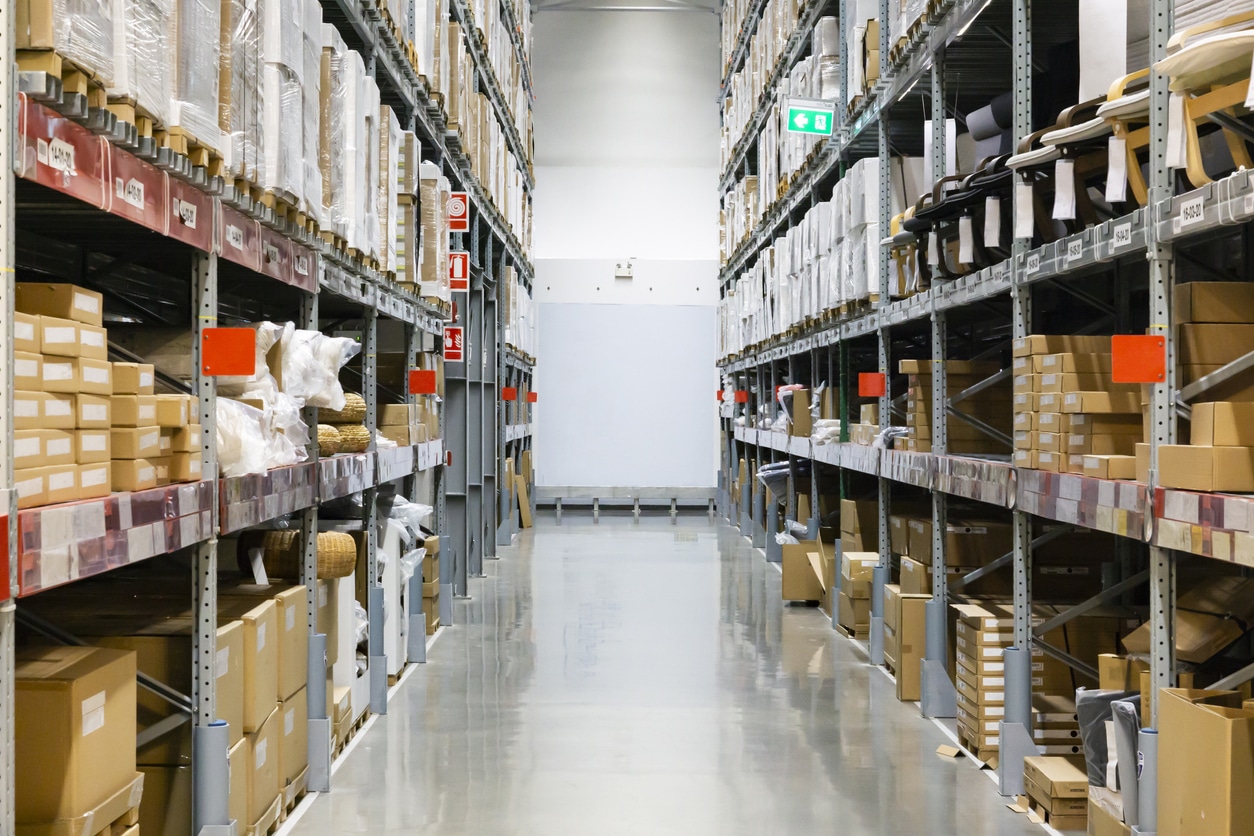
If reasonable, you might also want to place bulk purchase orders with your supplier instead of placing smaller orders sparingly throughout the year.
Being the only one in stock will also boost your pricing power and help you stave off ecommerce inflation better.
Related Reading: The Ultimate Guide to Inventory Management
Maintain a Healthy Cash Flow
Running out of cash during this wave of ecommerce inflation is potentially fatal to any ecommerce business.
As much as possible, you want to avoid shelling out huge amounts of cash in one go and instead look for schemes that lets you maintain a cash-rich position while having inventory in hand, e.g. negotiate payment terms with suppliers in your favor (some sellers negotiate for deferred payment terms that enable them to get inventory and pay the supplier after 60-90 days).
We talk about some effective ways to get cash for your ecommerce company in our article on Ecommerce Financing 101.
There is also a wide variety of business loans and other funding facilities that are available to ecommerce sellers and now seems like the perfect time to be exploring and taking advantage of them.
A quicker alternative to banks is to borrow money from Amazon directly through their seller lending program.
If securing cash is difficult for you, then planning out your business’s ebbs and flows in terms of cash is the next best thing to do, as this will ensure that you can keep on selling without any major disruptions in inventory levels.
Find a Closer and Cheaper Supplier
Depending on your business, working with a supplier that can make and send in your products locally can save you a ton of cash in sea freight costs, especially with the ridiculous prices we’re seeing right now.
The efficiency and cost of production in China is still attractive to most sellers, however, incurring higher production costs might seem like a reasonable tradeoff in order to avoid having to pay staggering amounts in sea freight and handling.
Another benefit to sourcing your products locally is that the proximity gives you more control over the product quality and easier oversight of the shipping process.
Will Prices Eventually Normalize?
The short answer is no. On the contrary, a lot of experts believe that this inflation will continue well over the next couple of years, and could even have lasting, if not permanent, effects.
Adobe also points out that inflation will become a bigger and bigger problem for ecommerce sellers as ecommerce itself expands its share in the overall retail market.
The best thing ecommerce sellers can do is take the rising costs into account and strategize around it.
Conclusion
“Inflation has hit ecommerce.” is a sentence few people thought would ever be said, yet, two years into the pandemic, online prices are continuing to rise without any sign of slowing down.
How are you dealing with ecommerce inflation? Let us know in the comments down below.



